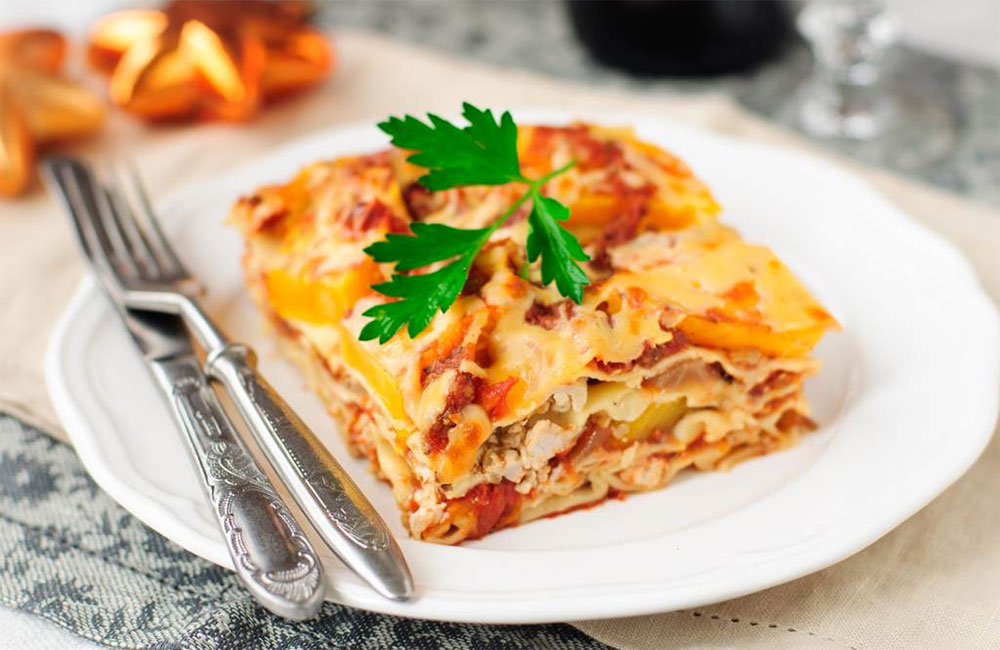‘Buon Appetito’ is the Italian equivalent of ‘Bon appetit’ in French, or in simple English, “Enjoy your meal.”
When I was studying in Australia, I used to work in a metal stamping shop floor with a Greek supervisor, whom we used to call Georgie Polgie. He was never offended when being teased.
George (his real name) was a simple but very nice personality to work with. Although he was Greek, I had always mistaken him as an Italian.
To me they look alike. It is for the same reason that racist Australians lumped us into one category they used to call boat people (referring to Vietnamese and Cambodian refugees). To them, all Asians are alike. Most of them could not tell between a Malaysian and a Vietnamese.
George liked me a lot, because I would always set higher targets every day and challenged myself to achieve these targets; in short, he liked my self-motivation and productivity. For that reason, every summer, I was called in to work at the same factory with George.
Occasionally, George would teach me some Greek words. But whenever I mixed up Greek with Italian, he would point me to another lady. With her, I hardly have any conversation as she could not speak English much; therefore, much of my early exposure to the Italian came from George.
“You say ‘Boungiorno’ (good morning) to her, that’s Italiano! Okay?” George would point to the Italian lady probably in her fifties who was working in another department. “But me, Graeco (a Greek), you say, ‘Kaliméra’. You understand?”
With a grin on his face, Georgie had taught me a wonderful lesson how to differentiate between a Greek and an Italian, just like we are able to tell between a Thai and a Malaysian.

Today, the Italian Australians comprise the fourth largest ethnic group in Australia. Their culture is rich in the arts, architecture, music and food. This explains why they have some of the best fine dining restaurants and orchestra.
Names such as Luciano Pavarotti are synonymous to the world-famous opera; it was Pavarotti who popularised these operas to make them more accessible to the masses.
In the world of fine dining, the Italians have great passion in the way food is prepared. A cuisine is a cuisine for them; they work hard at refining the art of preparing the cuisine.
They would take great pain to prepare it for their guests. Food presentation is a combination of both art and gastronomy. They believe what satisfies the tastebuds should also be pleasing to the eyes.

Coupled with good music, the Italian dining experience is unique. This is why I find young people are particularly attracted to having a meal at the Italian restaurant for a change once a while.
A serving of spaghetti bolognese, which has its Italian origin, may come at three times the price of a plate of Penang char koay teow but young people who know how to enjoy the finer things in life will still pay for it.

This is why Italian restaurants are doing well in major cities around the country. Our local chefs are well-trained to prepare some of the best Italian cuisine. Here are some typical dishes that are Italian.
Bolognese refers to the meat-based sauce that is named after Bologna, Italy. The sauce is poured over the spaghetti to give it the taste.
Carbonara means “in the manner of coal miners,”
and the likely origin of the name is a Roman restaurant named Carbonara. However, it may also have earned its name because the flecks of black pepper appear like coal dust against the creamy eggs, cheese, and pasta.

Then, there is also the spaghetti
There are different kinds of Italian pasta. The word ‘pasta’ which first appeared in Sicily in 1154 refers to the staple food of the Italian. Its equivalent is probably the word ‘noodles.’ The base material is durum wheat flour that is mixed with water or eggs that is kneaded into an unleavened dough.
All


To learn these different types of pasta (like our ability to tell the difference between koay teow, yellow noodle (thick and fine), mee hoon and ‘loh tze fun’) comes with a little effort like checking out the different pasta available on the shelves in supermarkets.
The sauces are easily available for cooking the pasta at home. I like to cook pasta because the children love it and it is easy to cook with both the sauces and pasta easily available. But occasionally, it is to check out what is there in the Italian restaurants.
According to an article in CNN , the Italian food has also evolved based on their geographical locations. Just a simple guide: spaghetti and pizza (central Italy); fish, potatoes, rice, sausages, different kinds of pasta dishes with tomatoes, pork and different types of cheeses (northern Italy); capers, peppers, olives and olive oil, garlic, artichokes, eggplant and ricotta cheese served with tomatoes either fresh or cooked into sauce.

